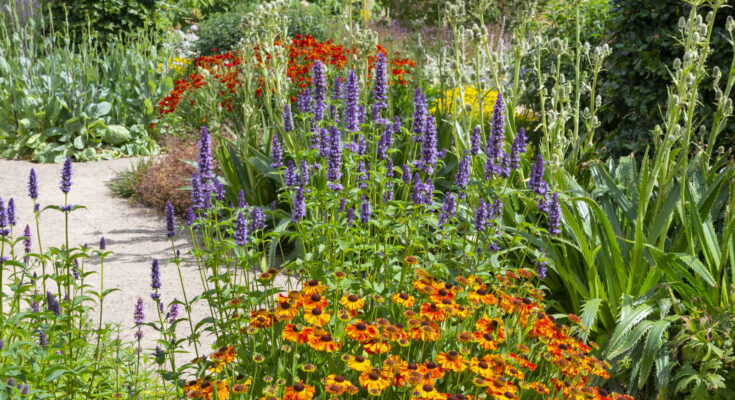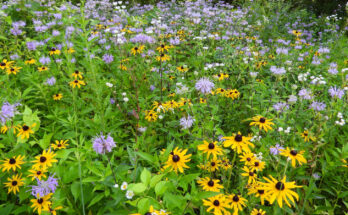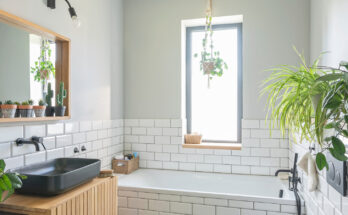Summer Heat Won’t Bother This Hummingbird-Magnet Plant With Long-Lasting Blooms
If you’re looking for a stunningly attractive plant with good structural form that will also thrive under dry conditions, and won’t even blink an eye when exposed to the blazing sun during summer, then the Adam’s needle yucca (Yucca filamentosa) is your best bet. While this species looks impressive in any landscape, with its long, strappy leaves that have a fibrous filament around the edges, be prepared to be absolutely stunned when it decides to bloom. Not only are these fragrant long-lasting blooms that can sometimes persist for weeks, a sight that will almost take your breath away, but they’re also a magnet for hummingbirds. Plus, this heat-tolerant species one of the best evergreen shrubs to make your landscaping look great all year.
Adam’s needle yucca is native to the U.S. and grows well in USDA hardiness zones 4 through 10. As long as you provide it with the right conditions, it will pretty much thrive on neglect for many years and reward you with an exceptionally tall flower stem that abounds with creamy white, bell-shaped flowers in late spring or early summer, each year. These flowering stems can easily reach a height of 6 feet. Apart from attracting hummingbirds, the blooms will also lure in pollinators, and the seeds are favored by small mammals and songbirds. An interesting fact about this plant is that the flowers open at night and are pollinated by a moth, aptly named the yucca moth.
What Adam’s needle yucca needs to produce those magnificent blooms
This plant is a sun-lover and needs a sunny position in your yard if you want to enjoy the spectacle of those amazing blooms. While it can also grow in the shade, it simply won’t flower unless it receives plenty of sun during the day. Not choosing a bright enough spot is one of those mistakes everyone makes when growing yucca in the garden, especially if they’re expecting the plant to flower. Adam’s needle yucca is not all that bothered about the type of soil it grows in, except that it should be well-drained and have a fairly neutral pH.
Once you’ve planted your yucca in a bright spot where it can enjoy lots of heat and the soil is allowed to dry between waterings, as long as it’s mature enough, it should reward you with one of those magnificent flowering stems. If a plant has been propagated from seed, you can expect it to take around 4 years to be mature enough to bloom. Many gardeners who grow these plants around various U.S. states report that their plants bloom best when they’re just left to their own devices and not overly pampered. It’s also quite common for flowering to be a bit sporadic with some plants blooming every year, while others might skip a season altogether. Nevertheless, this yucca is just another way to add a bit of architectural structure if you’re trying to implement a dry garden in your outdoor space.



